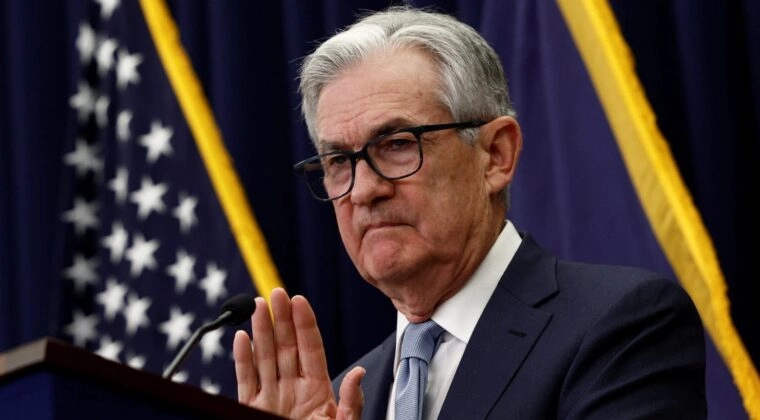-
- Plateformes de trading
- Application PU Prime
- MetaTrader 5
- MetaTrader 4
- PU Copy Trading
- Trader Web
- PU Social
-
- Conditions de Trading
- Types de compte
- Spreads, Coûts et Swaps
- Dépôts et Retraits
- Frais et Charges
- Heures de Trading

On Wednesday, the U.S Federal Reserve released its monetary policy decision for February 2023, raising the benchmark interest rate by 25 points at the conclusion of the FOMC meeting, as widely expected by the markets. This brings the target range of 4.5% to 4.75%, making it the highest since October 2007.
This also marks the lowest rate hike since March 2022, coming after a series of historically high, 75-point hikes that the Fed has implemented in attempts to bring down inflation.
Markets turned risk-on at the news, with stocks closing higher and the S&P 500 rising over 1%, while the dollar index dropped to a 9-month low around 101.
While the Fed has slowed its pace of rate hikes as inflation shows signs of moderating, what the markets are truly looking out for is the much-discussed “dovish pivot”, a point when the Fed will cease or even reverse its Fed Fund Rate, the guidance that the central bank gives banks on the interest for overnight lending.
As usual, market participants are scrutinising every word of Fed Chair Jerome Powell, whose post-FOMC meeting speech is usually watched closely for clues on the Fed’s future direction.
In the post-meeting statement, the FOMC has also switched up some of the language from its previous meeting. While it previously said that the “pace” of future rate hikes would depend on the efficacy of previous tightening, it most recently changed “pace” to “extent” – suggesting a possible end in sight to the rate hike cycle.
This end, though, likely will not be seen in the Fed’s next meeting in March, with the FOMC writing that “the committee anticipates that ongoing increases in the target range will be appropriate…”, with “ongoing” being the key to suggesting another hike in March.
The Fed’s current dot plot shows inflation peaking at 5-5.25%, which, going by the current rate of hikes, will see another one to two 25-bps hikes. However, all these are contingent on upcoming key inflation reports in the U.S., including the CPI and PPI reports, released 14 and 16 Feb.
Investors are now advised to look out for January’s Nonfarm Payrolls, which will be released on 3 January 2023, at 15:30 (GMT+2) and is forecast to be at 185K, down from November’s 223K. The NFP is one of the key labour statistics for the U.S, and its outcome will play a part in determining further Fed policy.
As a friendly reminder, do keep an eye on market changes, control your positions, and manage your risk well.

Tradez le Forex, les indices, Métaux et plus encore avec des spreads faibles et une exécution ultra-rapide.
Inscrivez-vous pour un compte réel PU Prime grâce à notre procédure simplifiée.
Approvisionnez facilement votre compte grâce à un large éventail de canaux et de devises acceptées.
Accédez à des centaines d’instruments avec les meilleures conditions de trading.